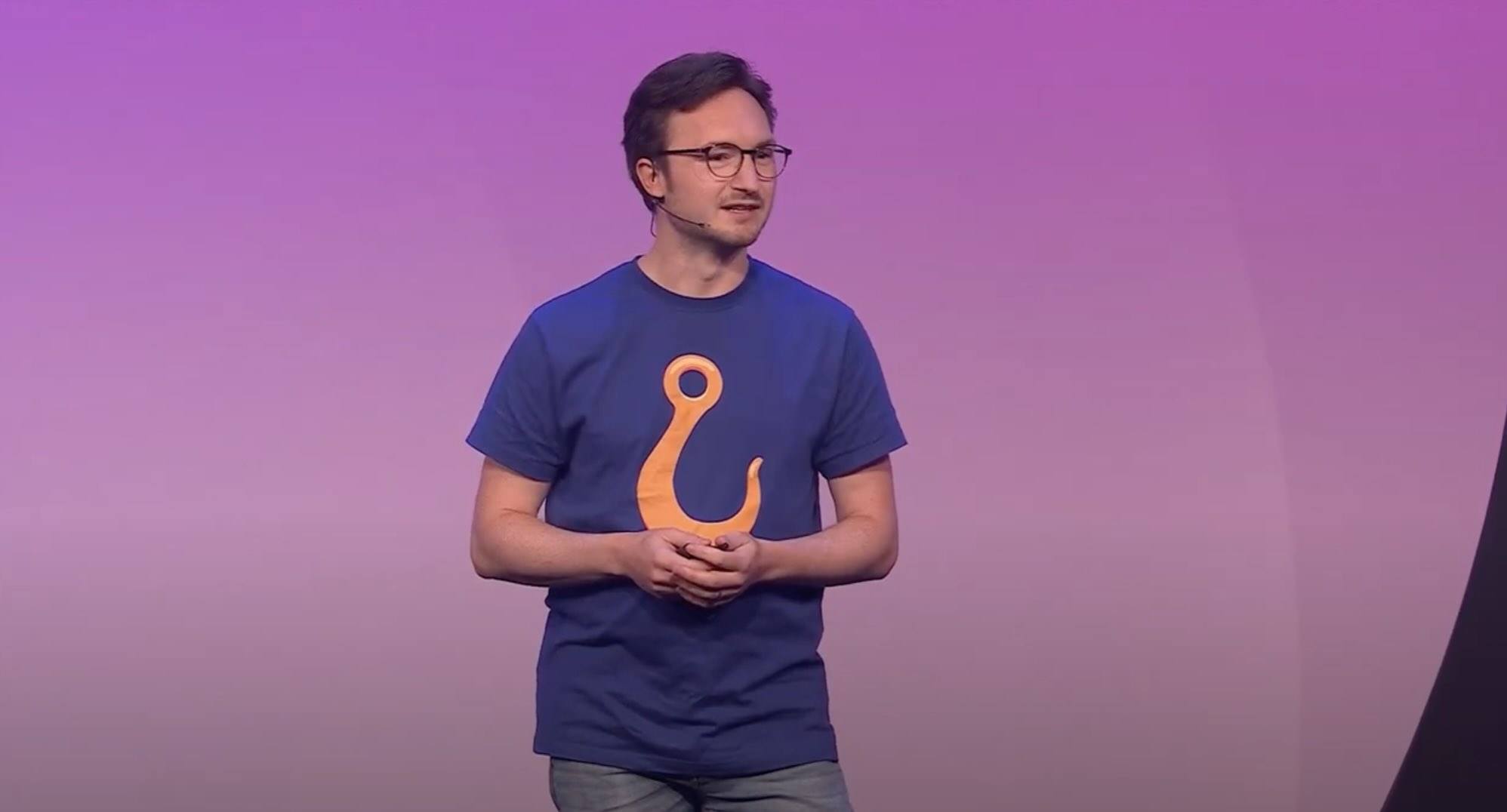Pendle Implements New Arbitrum Pools to Recover TVL After 40% Decline
- Pendle, a prominent yield trading protocol, is actively addressing a significant 40% drop in its total value locked (TVL).
- They aim to mitigate this decline by launching new liquidity pools on the Arbitrum network, targeting holders of tokens like UNI, LINK, ETH, WBTC, CRV, CVX, USDT, and USDC.
- The aim is to incentivize liquidity providers (LPs) with reward opportunities.
Discover how Pendle is leveraging new strategies and partnerships to counteract a significant drop in TVL and attract more liquidity providers.
Partnership with Karak Network
Pendle has forged a strategic partnership with Karak Network, a restaking protocol. This collaboration allows depositors to utilize Pendle’s Principal Tokens (PT) on Karak’s platform and earn Karak points (XP). According to a recent announcement by Pendle, users can further earn rewards by staking PT-weETH, PT-rsETH, and PT-ezETH. This alliance is seen as a proactive move to incentivize more users to join Pendle’s ecosystem, thereby enhancing overall liquidity.
Efforts to Recover from TVL Drop
Pendle’s leadership, under the guidance of CEO TN Lee, has been actively involved in efforts to recover from the recent TVL decline. They have partnered with several protocols, which offer higher multipliers and other incentives to boost recovery. For example, EtherFi is providing a 4x multiplier, and Pendle’s Arbitrum pools feature additional rewards via ARB tokens to attract more liquidity providers. The TVL reduction, which plunged from $6.2 billion to $3.7 billion, was largely driven by the maturation of substantial liquid restaking markets earlier in the year, resulting in significant fund outflows and a notable drop in PENDLE token value.
How Pendle Works
Pendle operates on a dual-token model, splitting Liquid Restaking Tokens (LRTs) into Principal Tokens (PTs) and Yield Tokens (YTs). Users staking assets such as ETH receive PT-ETH, which can be redeemed for ETH at the end of the staking period. On the other hand, YTs represent the staking rewards and can be traded independently, offering users flexibility in managing their assets and rewards. The maturation of LRT pools earlier this year led to a surge in activity on Pendle, with many users optimizing their stakes for EigenLayer’s token generation event. This cyclical nature of staking and liquidity subsequently triggered an outflow of approximately $4 billion from the platform.
Key Takeaways for Users
The new Arbitrum liquidity pools are designed to attract LPs with additional rewards. The partnership with Karak Network provides users with extra incentives through Karak XP. Supporting protocols like EtherFi offer higher multipliers to aid in Pendle’s recovery from the TVL downturn. The significant drop in TVL was primarily due to the maturation of substantial liquid restaking markets. Pendle’s split-token system enables flexible management of stakes and rewards, making it a versatile platform in the DeFi landscape.
Conclusion
Pendle is undertaking proactive measures to reverse the TVL decline and regain liquidity. Through launching new pools and collaborating with key protocols, Pendle aims to attract a greater number of liquidity providers and ensure a steady recovery. These strategic initiatives underline Pendle’s commitment to maintaining its competitiveness in the dynamic DeFi ecosystem.






